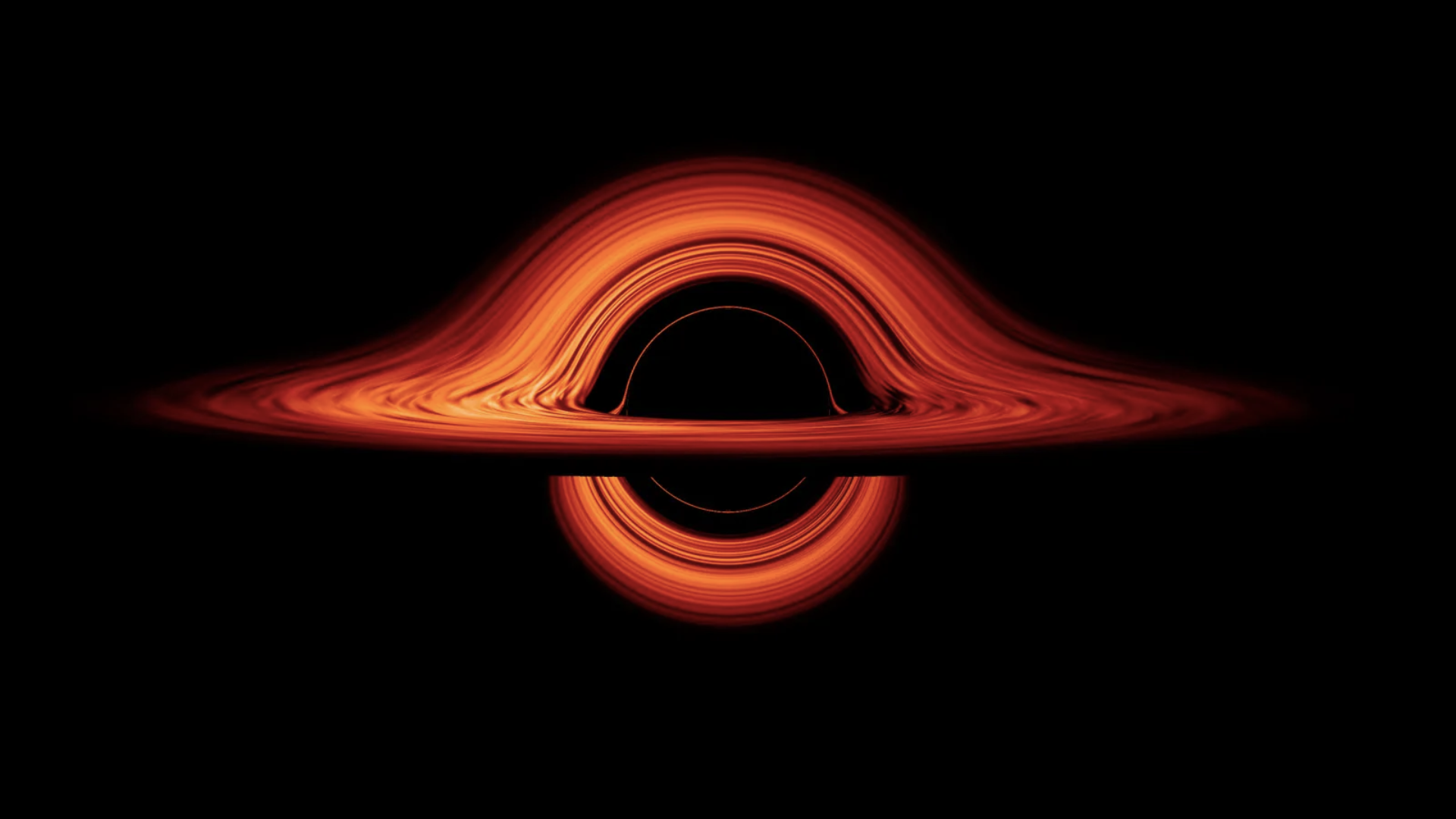Scientists have spotted a strange area around black holes called the plunging region for the first time. In his general theory of relativity, Albert Einstein predicted this area. In the plunging region, matter stops circling a black hole and instead falls straight in at the speed of light.
Studying plunging regions may lead to new information related to the fundamental nature of space-time.
Einstein, in 1915, predicted that as matter gets close to a black hole, it will plunge straight in due to the massive force of the space-time tear’s gravity.
Until today, this was just a prediction and has never been observed in reality. However, NASA’s NuSTAR and NICER space telescopes have confirmed that these regions do exist.
Focusing on smaller black holes
The discovery was made possible by a team of researchers led by the Department of Physics at Oxford. The team also found that this region exerts some of the strongest gravitational forces yet identified in the galaxy.
This study focused on smaller black holes relatively close to Earth, using X-ray data gathered from NASA’s space-based Nuclear Spectroscopic Telescope Array (NuSTAR) and Neutron star Interior Composition Explorer (NICER) telescopes.
The Oxford study assessed plunging region in depth for the first time, using X-ray data to gain a better understanding of the force generated by black holes.
“This is the first look at how plasma, peeled from the outer edge of a star, undergoes its final fall into the center of a black hole, a process happening in a system around ten thousand light years away,” said Dr. Andrew Mummery, of Oxford University Physics, who led the study.
“What is really exciting is that there are many black holes in the galaxy, and we now have a powerful new technique for using them to study the strongest known gravitational fields.”
Like a river turning into a waterfall
Mummery emphasized the importance of this sighting. “Think of it like a river turning into a waterfall – hitherto, we have been looking at the river. This is our first sight of the waterfall,” he remarked
Researchers pointed the two space telescopes at a black hole called MAXI J1820+070, located nearly 10,000 light-years from Earth.
They detected X-rays emitted by the scorching material of its accretion disk. Placing their X-ray data into mathematical models, they discovered that the two only matched if the models included light coming from matter in the plunging region — confirming its existence, reported Live Science.
Details of the study were published in the journal Monthly Notices of the Royal Astronomical Society.
ABOUT THE EDITOR
Prabhat Ranjan Mishra Prabhat, an alumnus of the Indian Institute of Mass Communication, is a tech and defense journalist. While he enjoys writing on modern weapons and emerging tech, he has also reported on global politics and business. He has been previously associated with well-known media houses, including the International Business Times (Singapore Edition) and ANI.

Dr. Thomas Hughes is a UK-based scientist and science communicator who makes complex topics accessible to readers. His articles explore breakthroughs in various scientific disciplines, from space exploration to cutting-edge research.








